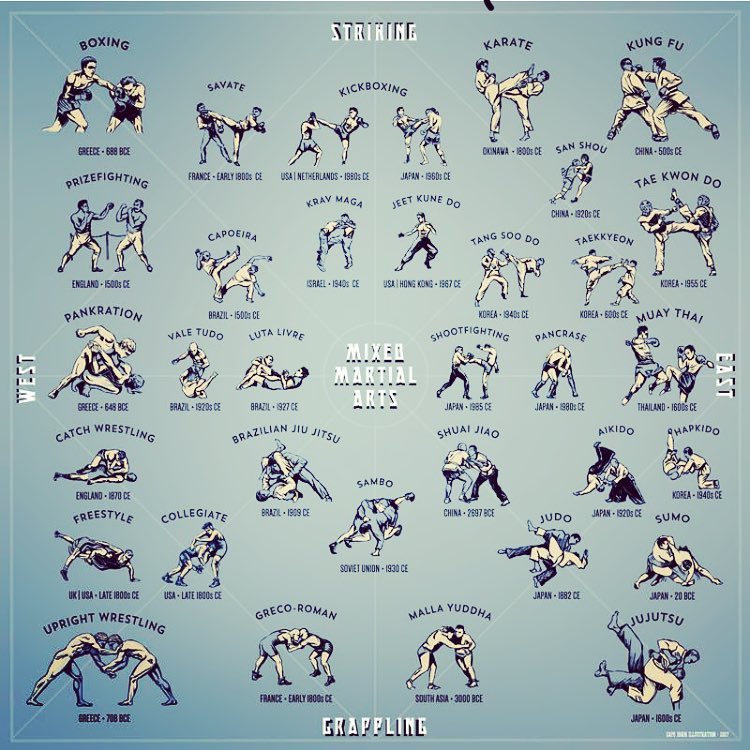Debunking The Various Martial Arts Designs: From Karate To Taekwondo
Debunking The Various Martial Arts Designs: From Karate To Taekwondo
Blog Article
Uploaded By-Borch Bondesen
Are you tired of sensation overwhelmed by the vast globe of fighting styles? With best martial arts school in the world of designs to choose from, it can be simple to obtain lost in a sea of strikes, kicks, and mysterious names. However concern not!
This discussion will certainly debunk the different martial arts styles, taking you on a trip from the effective strikes of Martial arts to the vibrant kicks of Taekwondo. Get ready to uncover the beginnings, strategies, and philosophies behind these old art types.
So, tighten your belt and prepare to start an enlightening exploration right into the exciting world of martial arts.
Beginnings of Martial Arts Styles
The beginnings of fighting styles designs can be traced back to old worlds and their requirement for protection and battle methods. Throughout background, various societies created their very own unique methods of battling, each with its own set of strategies and philosophies.
In China, for instance, martial arts styles such as Kung Fu and Tai Chi were developed as a means of protection and improving physical and mental wellness.
In Japan, the samurai warriors produced styles like Martial arts and Judo, concentrating on discipline, accuracy, and mastery of the body.
Similarly, in Korea, Taekwondo emerged as a fighting style emphasizing high kicks, quick motions, and psychological stamina.
These early human beings laid the structure for the varied array of fighting styles designs that exist today, each with its own rich history and social significance.
Methods and Training Methods
To understand fighting styles designs, specialists should find out numerous methods and training techniques.
Techniques are the particular motions and actions made use of in battle, such as punches, kicks, tosses, and blocks. Various fighting styles styles have their very own one-of-a-kind collection of techniques that experts have to master with strenuous training.
Training techniques vary depending on the style, however they typically include a combination of physical fitness, drills, sparring, and kinds.
Physical conditioning is vital to build stamina, versatility, and endurance. Drills help specialists refine their strategies and enhance their rate and accuracy.
Competing permits professionals to practice their strategies in a controlled, sensible setting. Types, additionally referred to as kata, are deliberate sequences of movements that aid practitioners create muscular tissue memory and focus.
Viewpoints and Principles
Checking out the viewpoints and concepts of martial arts styles can give you with a much deeper understanding of your picked discipline. Each fighting style has its very own unique approach and collection of leading principles that form the method it's practiced.
For example, Martial arts stresses discipline, respect, and self-constraint. It educates professionals to focus their body and minds, allowing them to defend themselves while preserving a feeling of internal peace.
On the other hand, Taekwondo puts a solid focus on rate, agility, and flexibility. https://troyokdwp.get-blogging.com/32973564/just-how-young-people-martial-arts-can-encourage-children-develop-confidence-and-equip-them-with-essential-protection-abilities-aiding-to-prevent-bullying-cases are rooted in the tenets of politeness, integrity, perseverance, self-constraint, and unbeatable spirit.
Conclusion
Since you've discovered the origins, methods, and viewpoints of numerous martial arts designs, you have a deeper understanding of these old disciplines.
Visualize a young karate pupil, practicing with unwavering resolution and focus, breaking through boards with an effective punch.
Their trip showcases the dedication and strength required to grasp a martial art, reminding us that with self-control and determination, anything is possible.
